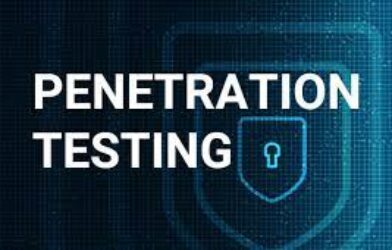
In an era where digital transformation is a prevailing force, cloud computing has become the linchpin of modern business operations. It provides scalability, flexibility, and cost-efficiency that on-premises solutions often struggle to match. However, with great power comes great responsibility, and securing your cloud infrastructure has become a paramount concern. This article delves into the threats that loom over cloud environments and explores the solutions and best practices to safeguard your cloud-based assets effectively.
The adoption of cloud technology has unlocked unprecedented opportunities for organizations, but it has also introduced new security challenges. Cloud infrastructure offers various benefits, including:
- Scalability: Resources can be easily scaled up or down to meet demand.
- Cost-Efficiency: Organizations pay only for the resources they use.
- Accessibility: Data and applications can be accessed from anywhere.
- Redundancy: Cloud providers ensure high availability and data redundancy.
However, this convenience and flexibility also attract malicious actors seeking vulnerabilities to exploit. Here are some prevalent threats to cloud infrastructure:
1. Unauthorized Access:
- Threat: Hackers attempt to gain unauthorized access to cloud accounts or services.
- Solution: Implement robust access controls, multi-factor authentication (MFA), and strong password policies.
2. Data Breaches:
- Threat: Sensitive data stored in the cloud may be exposed due to misconfigurations, vulnerabilities, or insider threats.
- Solution: Encrypt data, regularly audit configurations, and monitor user activities.
3. Malware and Phishing Attacks:
- Threat: Malicious software or phishing emails can infiltrate cloud systems.
- Solution: Use anti-malware tools, educate users about phishing, and implement email filtering.
4. DDoS Attacks:
- Threat: Distributed Denial of Service (DDoS) attacks can disrupt cloud services by overwhelming them with traffic.
- Solution: Employ DDoS mitigation services and redundancy measures.
5. Insider Threats:
- Threat: Employees or authorized users may intentionally or unintentionally compromise security.
- Solution: Implement strict access controls, monitor user behavior, and provide security training.
Securing your cloud infrastructure is an ongoing process that demands a comprehensive approach. Here are key best practices to bolster cloud security:
1. Data Encryption:
- Encrypt data both in transit and at rest to protect it from interception or unauthorized access.
2. Access Control:
- Implement strict access controls, roles, and permissions to limit who can access resources.
3. Multi-Factor Authentication (MFA):
- Require MFA for all users to enhance authentication security.
4. Regular Audits and Monitoring:
- Conduct regular security audits and continuously monitor for vulnerabilities and threats.
5. Security Patch Management:
- Keep all cloud services and applications up to date with security patches.
6. Incident Response Plan:
- Develop and regularly update an incident response plan to address security breaches.
7. User Training:
- Educate employees about security threats and best practices.
8. Backup and Recovery:
- Regularly back up data and have a robust recovery plan in case of data loss.
9. Third-Party Assessment:
- Assess the security practices of third-party cloud service providers.
To address these challenges and implement best practices effectively, organizations can leverage cloud security solutions. These include:
Cloud Access Security Brokers (CASB): CASBs provide visibility and control over cloud services and offer data loss prevention (DLP) capabilities.
Security Information and Event Management (SIEM): SIEM solutions help organizations monitor cloud environments for security events and threats.
Cloud Security Posture Management (CSPM): CSPM tools continuously assess and remediate misconfigurations in cloud services.
Cloud Workload Protection Platforms (CWPP): CWPP solutions protect cloud workloads from threats and vulnerabilities.
Securing your cloud infrastructure is not a destination but a journey. As the cloud landscape evolves, so do security threats. Therefore, organizations must remain vigilant, stay informed about emerging threats, and adapt their security measures accordingly. By implementing best practices, leveraging security solutions, and fostering a culture of security awareness, organizations can harness the full potential of the cloud while keeping their data and assets safe from harm.



